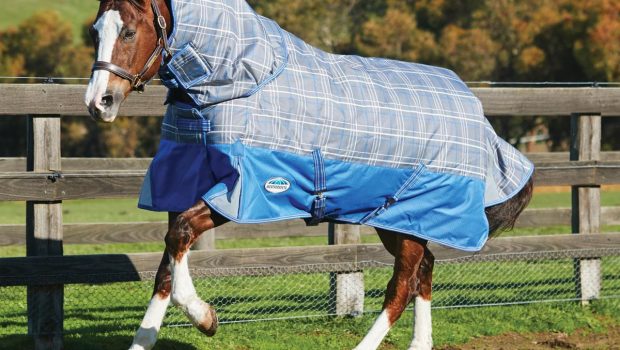Laminitis is a condition that can cause your horse a lot of discomfort, which is why it’s so important to monitor your horse throughout its life to reduce the risk of laminitis occurring. Laminitis can affect your horse for a number of reasons, whether that’s due to a metabolic issue, obesity, or damage to the hoof. Below, we’ll take a closer look at nutritional strategies to benefit your horse’s health and well-being.
What is laminitis?
Before we take a closer look at the nutritional strategies you could implement when feeding a laminitic horse, it helps to know more about the condition. Laminitis affects your horse’s hooves and can prove debilitating if not carefully managed. It involves inflammation within the laminae that connects the pedal bone to the hoof wall. Laminitis can make it difficult for your horse to walk and can be extremely painful.
There are various factors that are said to be linked to laminitis, like metabolic problems, obesity, and injury to the hoof. Proper nutrition plays a crucial role when it comes to managing and reducing the risk of this condition, which we’ll take a closer look at below.
The role of diet and nutrition
When dealing with a laminitic horse, it’s essential that you consider its diet. A well-balanced diet containing sufficient energy, vitamins, and minerals is important for all round health and well-being, allowing you to keep your horse happy and healthy. Choosing high fibre feeds that are low in sugar and starch is a good place to start when feeding a horse at risk of laminitis.
Nutritional strategies for laminitic horses
When feeding a laminitic horse, there are a few factors you should consider:
Choose a low sugar forage
Forage makes up the majority of a horse’s diet and plays a crucial role as a source of energy and nutrients. However, not all forage provides the same nutritional value. Lush, spring grass is a common trigger for laminitis as it typically has a high sugar content. When feeding a laminitic horse, limit access to pasture during late spring and early summer, when sugar levels are usually at their peak. You could do this by using a grazing muzzle to allow you to control consumption.
As well as this, it is important to choose a low sugar hay or haylage. Mature, later cutgrass hay, or grass hay that has been soaked prior to feeding to reduce the sugar content is often a preferable option for horses that are more likely to suffer from laminitis. However, there is not a ‘one size fits all’ approach and forage should be analysed to determine its sugar and water soluble carbohydrate (WSC) content. Chopped alfalfa in the bucket feed could also be considered for those needing additional calories or horses in harder work as it’s high in fibre and provides a good source of quality protein.
Provide a balanced diet
Providing a balanced diet to a laminitic horse is also important, especially since soaking the hay can also leach out important nutrients as well as sugar. You’ll need to ensure you’re meeting your horse’s nutritional needs without feeding excess calories. You could use a pelleted balancer or a vitamin and mineral supplement to ensure your horse is receiving the nutrients it requires to remain healthy.
Control starch and sugar intake
It’s not just forage that you’ll need to think about when managing laminitis, you’ll also need to think about the bucket feed. Cereal-based feeds are often high in both sugar and starch which can increase the risk of laminitis. To eliminate this issue, choose feeds that have a lower sugar and starch content.. You could consult with an equine nutritionist to help you make informed choices.
Monitor weight and condition
Maintaining a healthy weight is essential for a laminitic horse. Obesity and excess weight contribute to strain on hooves and can increase the risk of laminitis. Make sure you regularly assess your horse’s body condition (e.g., every two weeks) and adjust their diet and exercise regime to suit their needs. If you’re worried your horse is carrying excess weight and you need a professional opinion, speak to your vet or equine nutritionist to develop a feeding plan suited to your horse’s individual needs.


